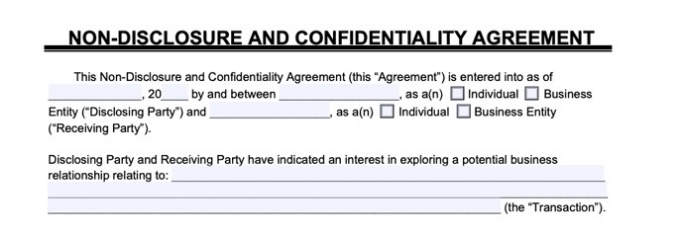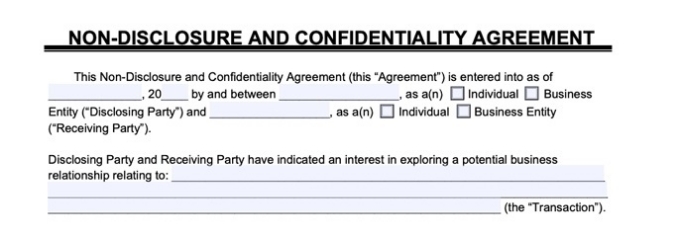An Employment Agreement is a legally binding document that establishes the terms and conditions of employment between an employer and an employee. It serves as a crucial reference point for both parties, ensuring clarity and transparency in their professional relationship.
The agreement typically covers various aspects, including:
-
Job Responsibilities: Clearly defining the role and duties expected of the employee within the organization.
-
Compensation: Outlining the salary or wage structure, payment frequency, bonuses, and any other financial arrangements.
-
Benefits: Detailing the employee benefits package, which may include health insurance, retirement plans, vacation days, sick leave, etc.
-
Confidentiality: Establishing guidelines regarding the protection of sensitive company information and trade secrets, often through non-disclosure clauses.
-
Term of Employment: Specifying the duration of employment, whether it's for a fixed term or an indefinite period.
-
Termination Clause: Describing the conditions under which either party can terminate the employment relationship, including notice periods and severance arrangements.
-
Non-Compete and Non-Solicitation: Addressing any restrictions on the employee's ability to work for competitors or solicit clients or employees post-termination.
-
Intellectual Property: Clarifying ownership rights to any intellectual property created during the course of employment.
-
Dispute Resolution: Outlining procedures for resolving disputes that may arise between the employer and the employee, often through arbitration or mediation.
-
Governing Law: Specifying the jurisdiction whose laws will govern the agreement in case of legal disputes.
An Employment Agreement serves to protect the interests of both parties by setting clear expectations and obligations. It provides a framework for a productive working relationship while minimizing the risk of misunderstandings or conflicts. It's crucial for both employers and employees to thoroughly review and understand the terms of the agreement before signing, seeking legal counsel if necessary to ensure their rights and obligations are adequately addressed.


